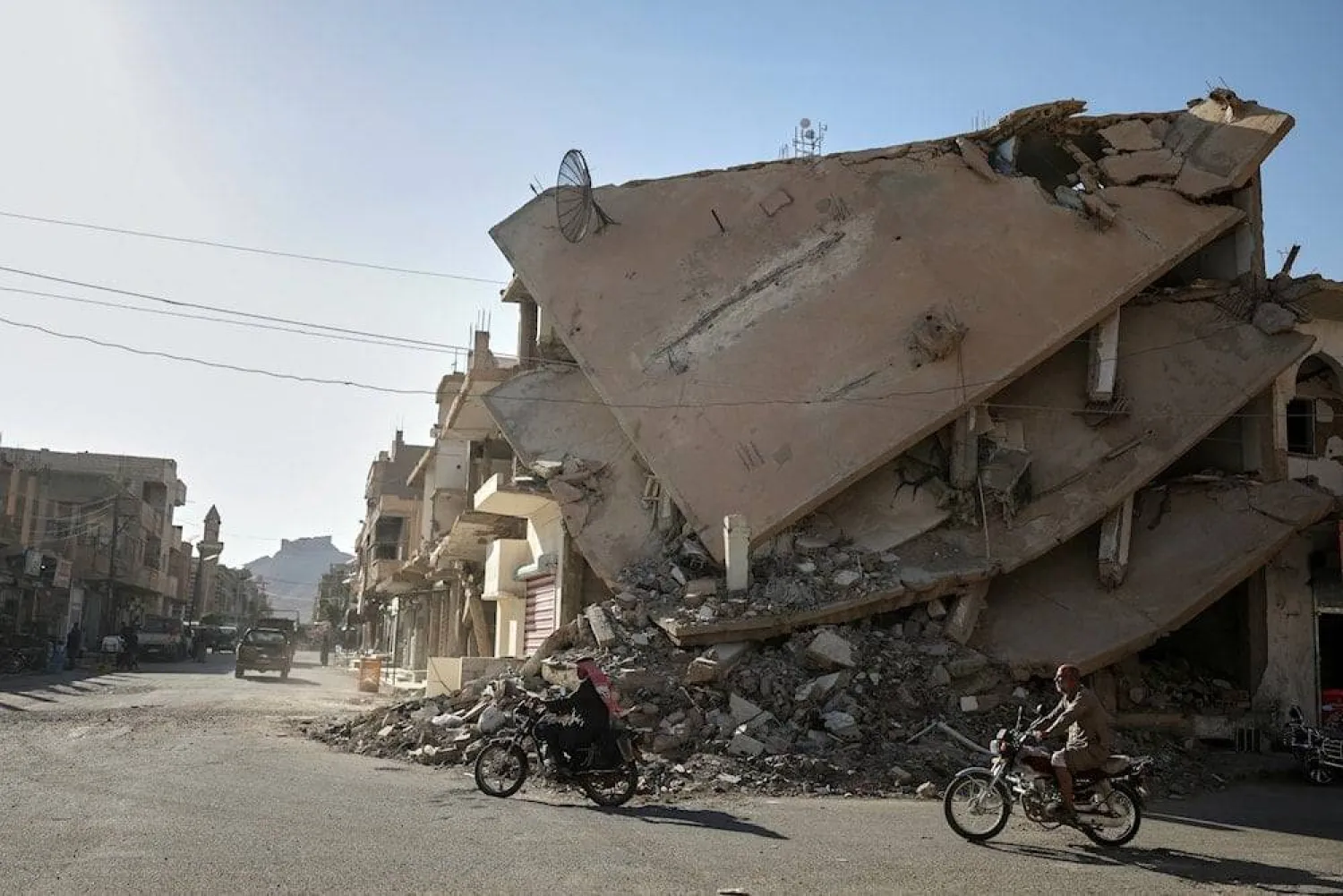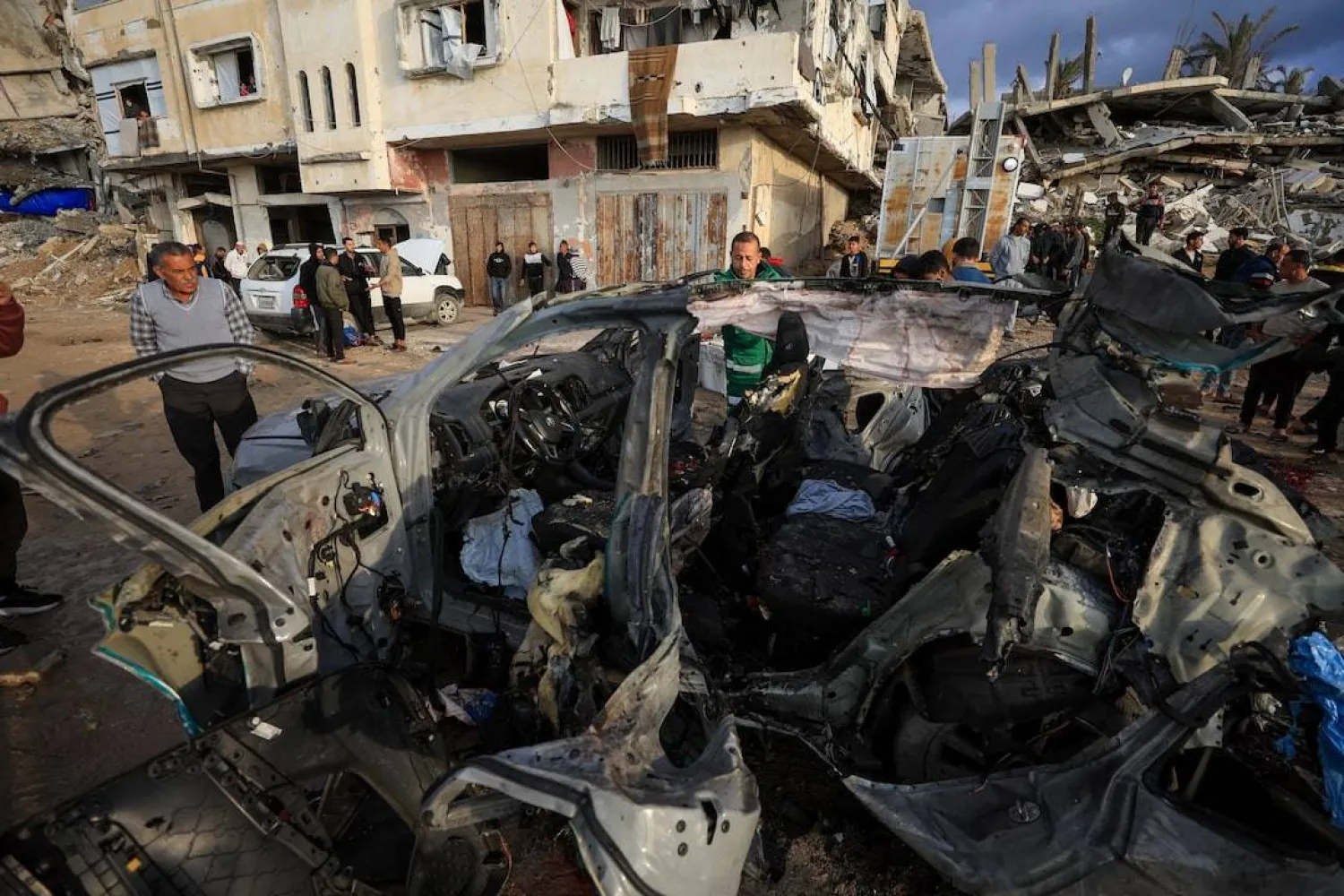Sudan's army chief, General Abdel Fattah al-Burhan, appeared in a video circulated by the army on Thursday outside of the army command compound in Khartoum for the first time since the beginning of a war more than four months ago.
The army has been fighting the paramilitary Rapid Support Forces (RSF) for control of the capital and several major cities since April 15. Attempts to mediate have proven fruitless as diplomats say both sides still believe they can win, Reuters said.
While the RSF has dominated Khartoum and its sister cities on the ground, the army has used airpower to try to dislodge the paramilitary forces from key areas.
The fighting, during which neither side has gained a clear advantage, has inflicted high civilian casualties and displaced millions.
In the video, which the army said was taken in the Wadi Sayidna air force base in Omdurman, across the Nile from the capital, Burhan greeted cheering soldiers.
"The work you are doing should reassure people that the army has men and that Sudan is being protected by the army," he said in the video.
The video appearance comes as the RSF is pressing a multi-day attack on the Armored Corps base in southern Khartoum, the army's only other major base in the capital apart from army command, which the RSF says it is blockading.
It was not clear how Burhan was able to leave Khartoum.
The army also controls bases in the cities of Omdurman and Bahri, including the Wadi Sayidna air force base, which the RSF has tried to attack but it remains well protected.
General Mohamed Hamdan Dagalo, head of the RSF, has often mocked Burhan for what he termed hiding in a bunker, although Dagalo has only been seen in video once since the beginning of the war, speaking to soldiers outside a house in an unidentified location last month.
Sudan Army Chief Burhan Appears to Leave Army HQ for First Time

File photo: Sudanese armed forces mark Army Day in Sudan's eastern Gadaref State near the border with Ethiopia on August 14, 2023. (Photo by AFP)

Sudan Army Chief Burhan Appears to Leave Army HQ for First Time

File photo: Sudanese armed forces mark Army Day in Sudan's eastern Gadaref State near the border with Ethiopia on August 14, 2023. (Photo by AFP)
لم تشترك بعد
انشئ حساباً خاصاً بك لتحصل على أخبار مخصصة لك ولتتمتع بخاصية حفظ المقالات وتتلقى نشراتنا البريدية المتنوعة







